Be thankful you're not a caribou this Valentine's Day. Here's why
Whether you love it or hate it, Valentine’s Day represents some of the most conventional human expressions of romantic love. Of course, no matter how normal or abnormal they may seem to us, they are quite unique to the human species. This year for Valentine’s Day, we’ve decided to compare and contrast our Valentine’s Day traditions with five courting rituals of a species with quite a different tactic – the caribou.
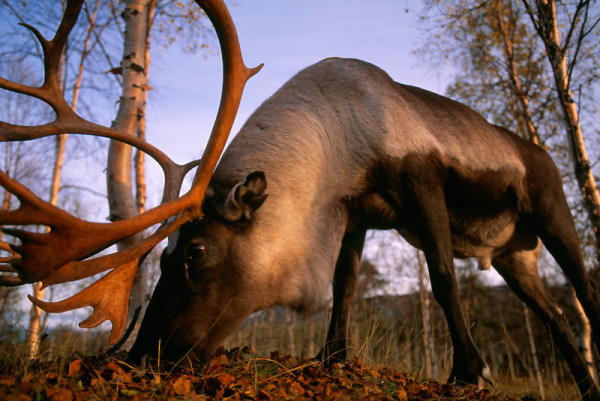
1. The Courtship
Much like the packs of prowling bachelors and bachelorettes you encounter at the bar, caribou tend to travel in female-only and male-only packs. The two herds only meet up and mingle for a few weeks each year – in the fall for mating season.
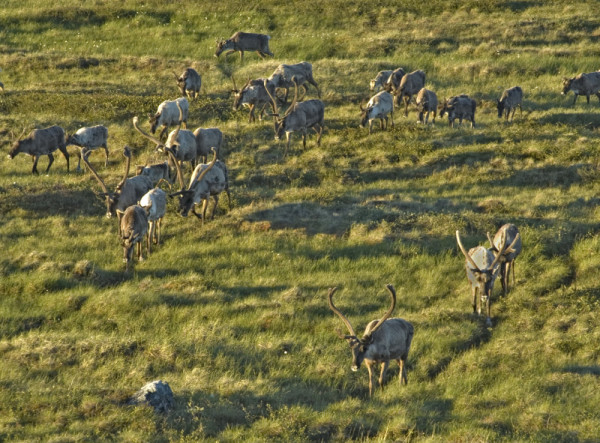
2. Pairing up
The human tendency to pair up is foreign to the caribou, who prefer groups of one male to 5-15 females.
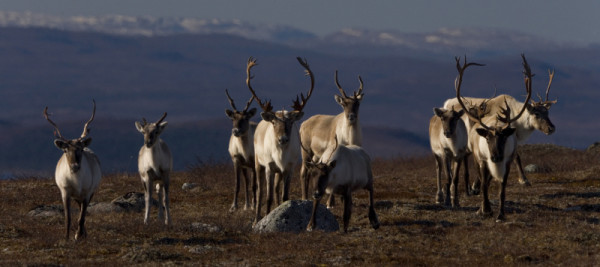
3. Attracting a mate
Caribou can’t be bothered with the primping and gifting that is embedded in human courtship, choosing a more direct and aggressive route. After choosing their harem, caribou males chase away the competition, sometimes fighting challengers to the death.
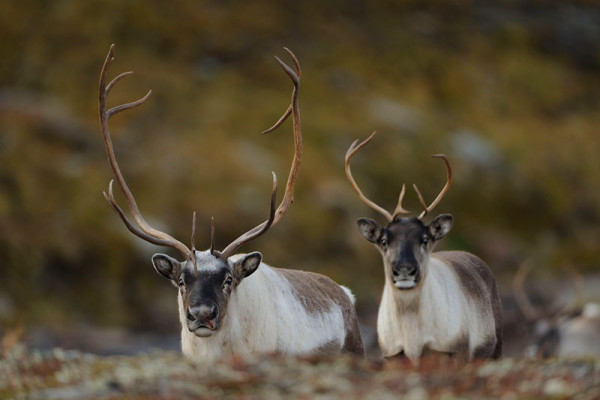
4. The honeymoon
Six month anniversaries are non-existent for the caribou. Their relationships last an exhausting three weeks during which males spend all of their time fighting and mating, leaving virtually no time for eating or sleeping.
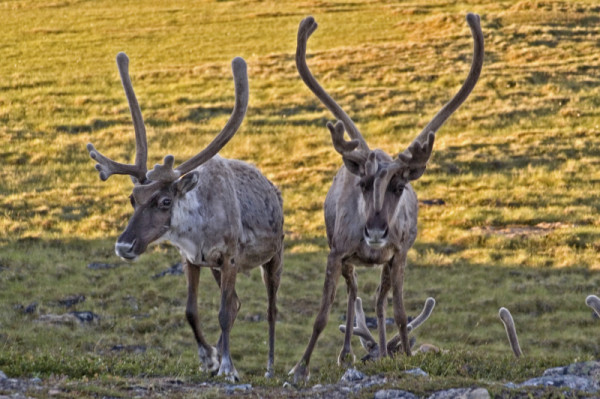
5. The breakup
There are no rebounds or makeups with caribou. Instead they choose a final and brutal separation. At the end males are so weak and hungry they lose even their antlers. The females quickly return to their all-female herds where healthy, antlered and pregnant, they chase past mates away from the best feeding areas – leaving the males to recover or starve in isolation until the next mating season.
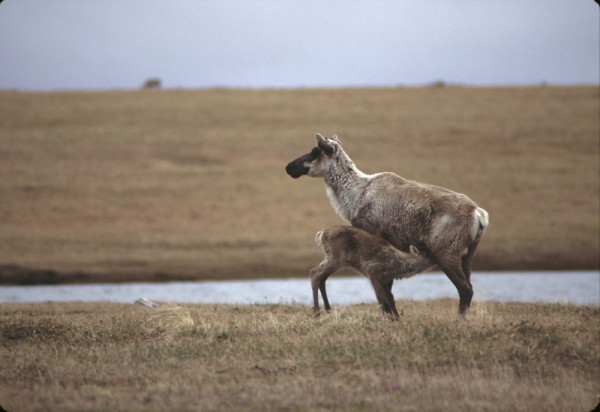
So if you think you’ve got it rough this Valentine’s Day, think of the caribou. But this harsh mating scene works for them as historically, many Canadian herds have numbered in the hundreds of thousands individuals. Recently however, caribou populations have been on the decline across almost all of their range. WWF is working with northern partners to identify the cause of the declines and conserve the species for generations to come.
The caribou work so hard to create life, it’s the least we can do to protect it.

